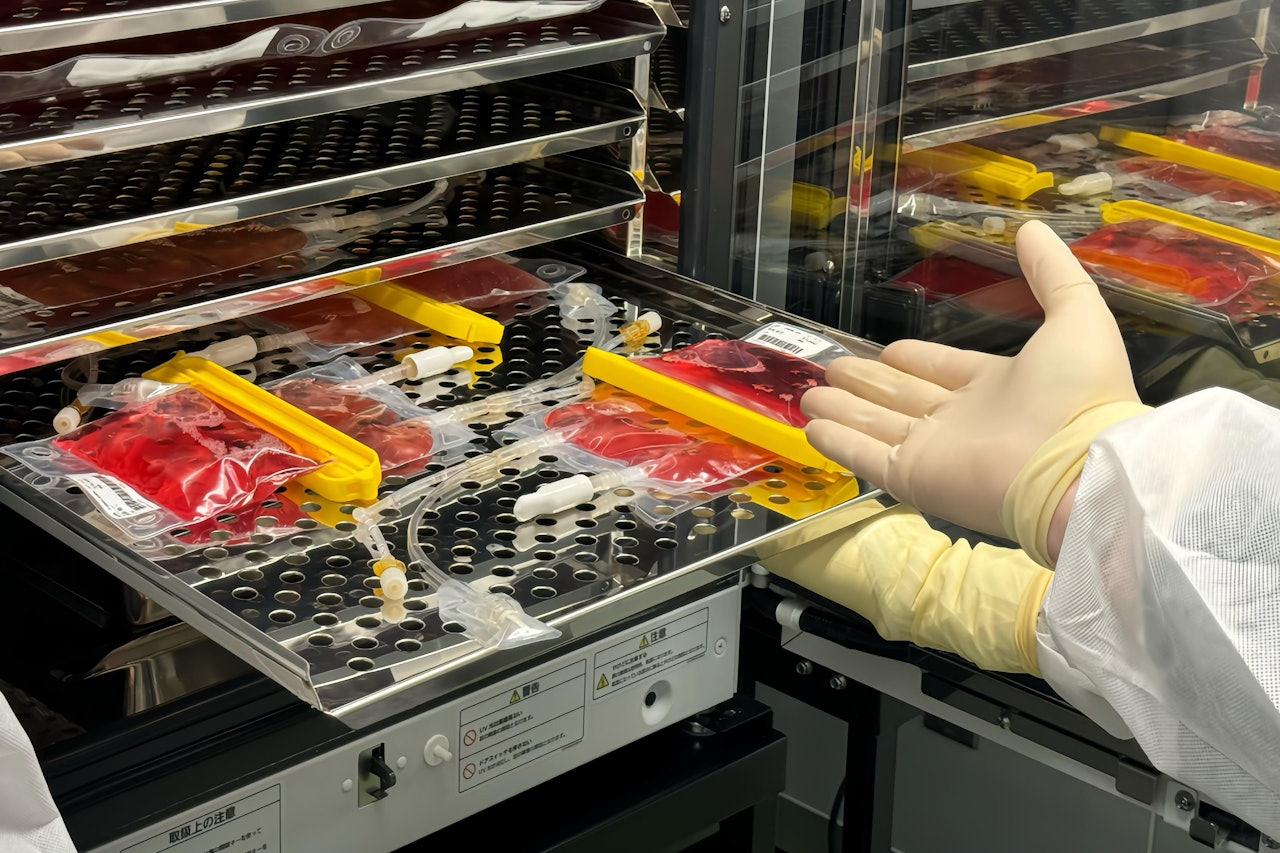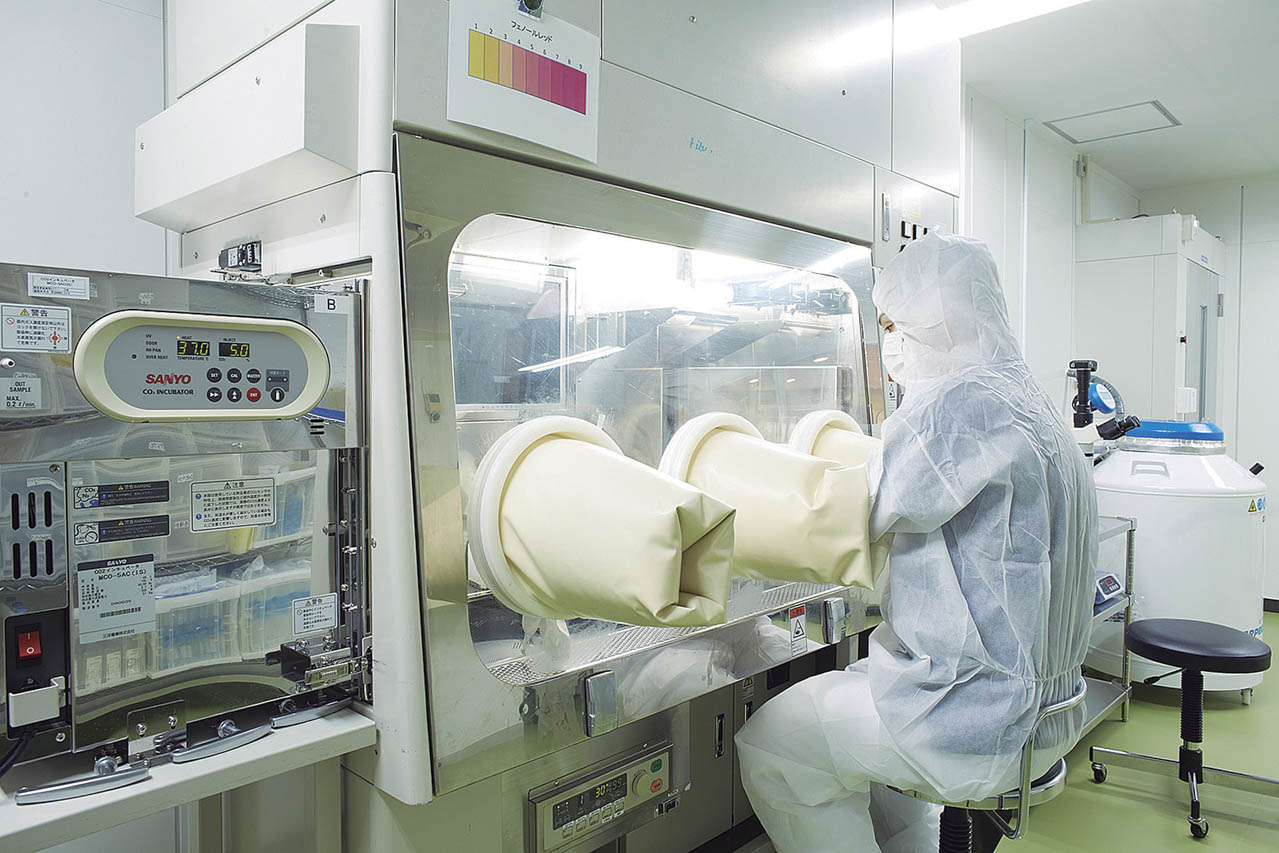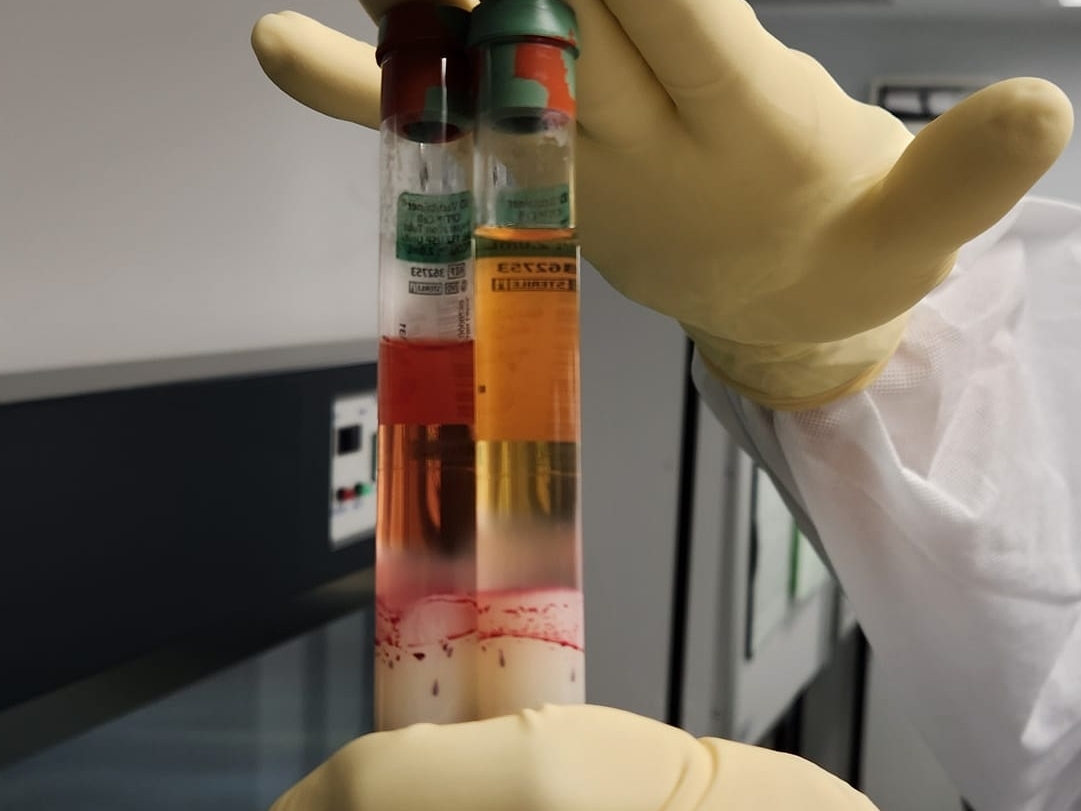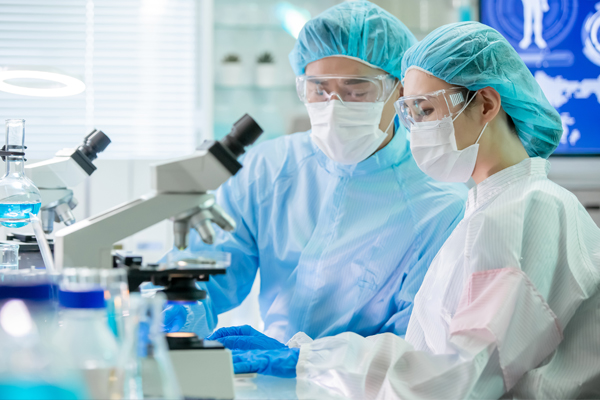Lymphokine-Activated Killer Cell (LAK) Thearpy
Boosting Lymphocytes to Strengthen Immunity
Lymphokine-Activated Killer (LAK) cell therapy, also known as killer T-cell therapy, involves extracting lymphocytes from the patient’s blood, activating and multiplying them to over a thousand times their original count (reaching approximately five billion cells) in a laboratory setting, and then reintroducing those cells into the patient via infusion. By substantially enhancing the body’s immune response, LAK therapy equips patients to combat various cancers. In Japan, physicians often refer to this amplification of immune cells simply as LAK (lymphokine-activated killer cell) therapy.

The “Killer T-Cells” Within Lymphocytes
Killer T-cells (Cytotoxic T Lymphocytes) are a critical subset of lymphocytes that actively target and destroy cells infected by viruses or harboring genetic mutations. They identify “abnormal” cells by detecting specific proteins (antigens) on the cell’s surface, then use a syringe-like mechanism to inject cytotoxic agents, causing the cells’ membrane to rupture. Killer T-cells also release cytokines (e.g., interferons, interleukins) to help other immune cells mount a coordinated defense. Thus, they serve as a crucial frontline in the fight against cancer cells.
Why Is LAK Therapy Necessary?
When confronted with cancer cells, the body requires an immediate surge of lymphocytes to launch an effective assault. Relying solely on the body’s natural proliferation often fails to keep pace with rapidly spreading cancer cells. By culturing and activating lymphocytes outside the body, LAK therapy provides an infusion of “elite reinforcements,” quickly elevating the immune system’s capacity to target and eliminate malignancies.

The Key Role of Lymphocytes
In human blood, immune cells break down roughly as follows:
1. Neutrophils (~70%): Primarily combat bacterial infections. If neutrophils drop below 1,500/μL, the risk of sepsis soars.
2. Lymphocytes (~25%): Contain killer T cells, B cells, and NK (natural killer) cells, crucial for fighting viruses and abnormal cells.
3. Monocytes: Collaborate with other immune mechanisms to fend off pathogens.
4. Eosinophils and Basophils: Though they make up a small percentage, they still serve specialized functions in allergic reactions and certain infections.
When lymphocytes are low, the body lacks an effective offense against powerful adversaries such as malignant tumors. LAK therapy addresses this shortfall by quickly multiplying lymphocytes, ensuring the immune system regains its strength.

Consequences of Insufficient Lymphocytes
1. Reduced Defense: A deficiency in lymphocytes makes it easier for cancer cells to spread, exacerbating the disease.
2. Recurrent Infections: The weakened immune system also struggles to fend off bacterial or viral infections, leading to complications such as pneumonia or gastrointestinal infections.
Common Causes of Low Lymphocyte Counts
1. Cancer Itself: Cancer patients typically have immune activity around 30% lower than average.
2. Chemotherapy or Radiotherapy: These treatments significantly lower lymphocyte counts.
3. Physical and Emotional Stress: Surgery, fatigue, pain, and anxiety can all reduce lymphocyte activity.
4. Metastasis or Recurrence: If cancer has spread to organs like the liver, lungs, or peritoneum—or if local recurrence occurs—lymphocyte activity often drops to about half that of a healthy individual.
How To Check Your Lymphocyte Counts?
A WBC (White Blood Cell) count and microscopic blood analysis can give a preliminary overview of your immune cell status:
1. A typical lymphocyte count should range from roughly 1,000 to 1,500 cells/μL.
2. If the count falls under 1,000 cells/μL, fatigue and recurrent infections (e.g., pneumonia, enteritis) may occur.
3. Below 500 cells/μL is considered an immunodeficiency state, placing patients at high risk for aggressive tumor growth and severe infections.
One main objective of LAK therapy is to maintain a lymphocyte count above 1,500 cells/μL, thus ensuring sufficient immune support to contain cancer growth.

LAK Therapy Procedure and Side Effects
1. Blood Collection and Separation
The doctor first collects two blood samples from the patient, each containing 7cc. The samples are then processed in the laboratory to isolate lymphocytes.
2. Artificial Activation and Large-Scale Proliferation
The lymphocytes are then cultured in a controlled environment and treated with growth factors to amplify their numbers—resulting in a “burst” of power from just thousands to several billion cells in a short span.
3. Reinfusion into the Body
These cultivated lymphocytes are infused back into the patient, quickly filling in any immune deficits and assisting in the fight against cancer cells.
Side Effects
Because LAK therapy uses the patient’s own immune cells, side effects are relatively mild. A small percentage of patients may develop a low-grade fever within 1–2 days of infusion; symptoms typically subside within a few hours to half a day. Clinic keeps antipyretics on hand and recommend rest to mitigate any discomfort.
Where Can You Receive LAK Therapy?
At the Shin-Yokohama Kato Clinic in Tokyo–Yokohama, Clinic Director Dr. Yoichi Kato has over 20 years of experience in immunocellular therapies and a track record of more than 2,000 clinical immunotherapy cases—making him one of Japan’s most accomplished specialists in the field. Patients contemplating treatment in Japan can begin with an online consultation so that Dr. Kato can review their medical records and overall condition, then determine eligibility for LAK therapy and develop a personalized treatment plan.
![加藤洋一博士(Dr. Yoichi Kato)[3].jpg](/uploads/image/202502/%E5%8A%A0%E8%97%A4%E6%B4%8B%E4%B8%80%E5%8D%9A%E5%A3%AB(Dr.%20Yoichi%20Kato)[3].jpg)
Dr. Yoichi Kato
As a trusted partner of Dr. Kato, Asia Immunotherapy provides comprehensive support services, including:
1. Collecting and compiling medical reports.
2. Arranging online consultations with Dr. Kato.
3. Coordinating travel and accommodation in Japan.
4. Offering airport pick-up and professional interpretation throughout the treatment period.
Through detailed planning and thorough logistics, we help patients receive immunocellular therapy in Japan safely and securely—taking a critical step in the fight against cancer.

